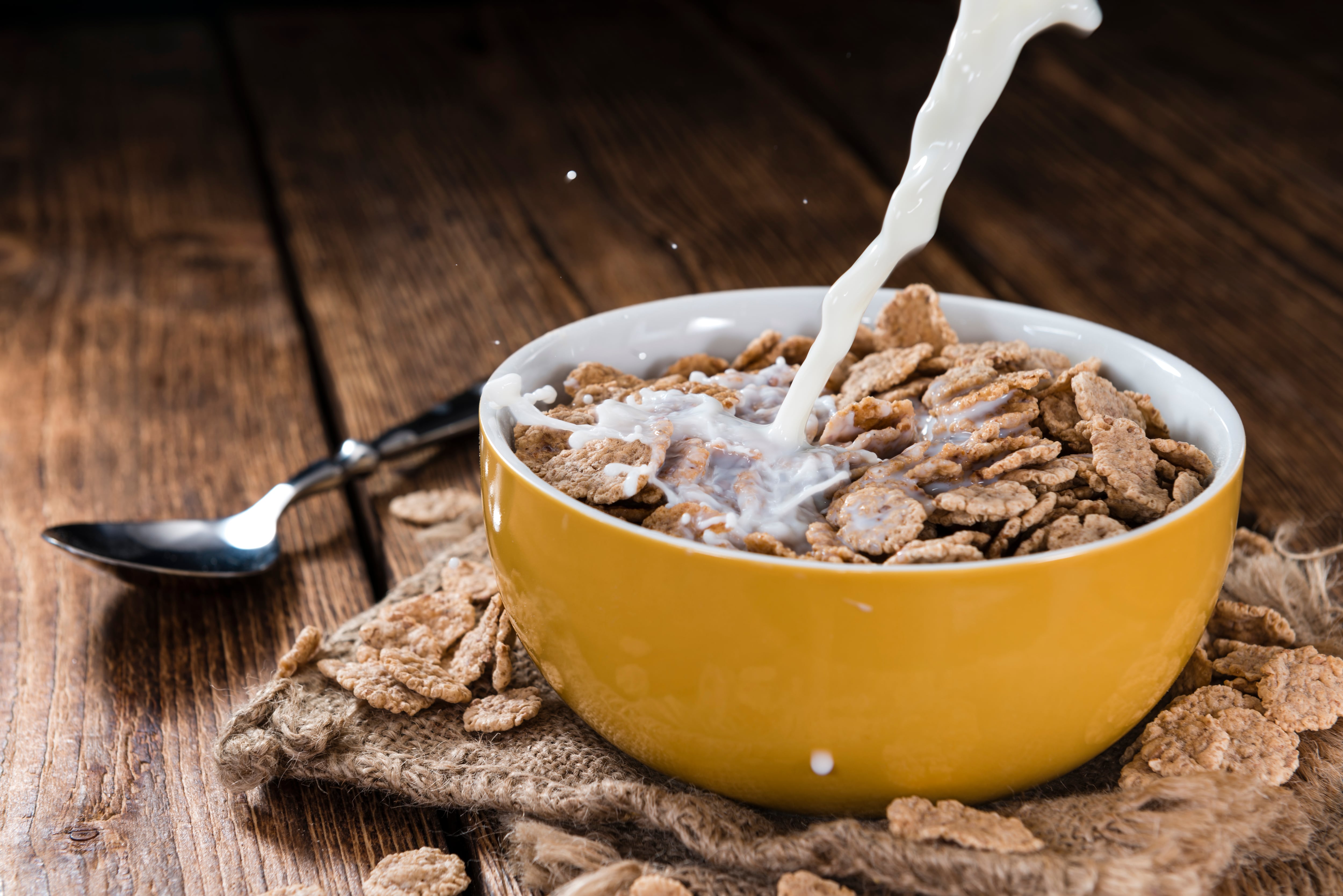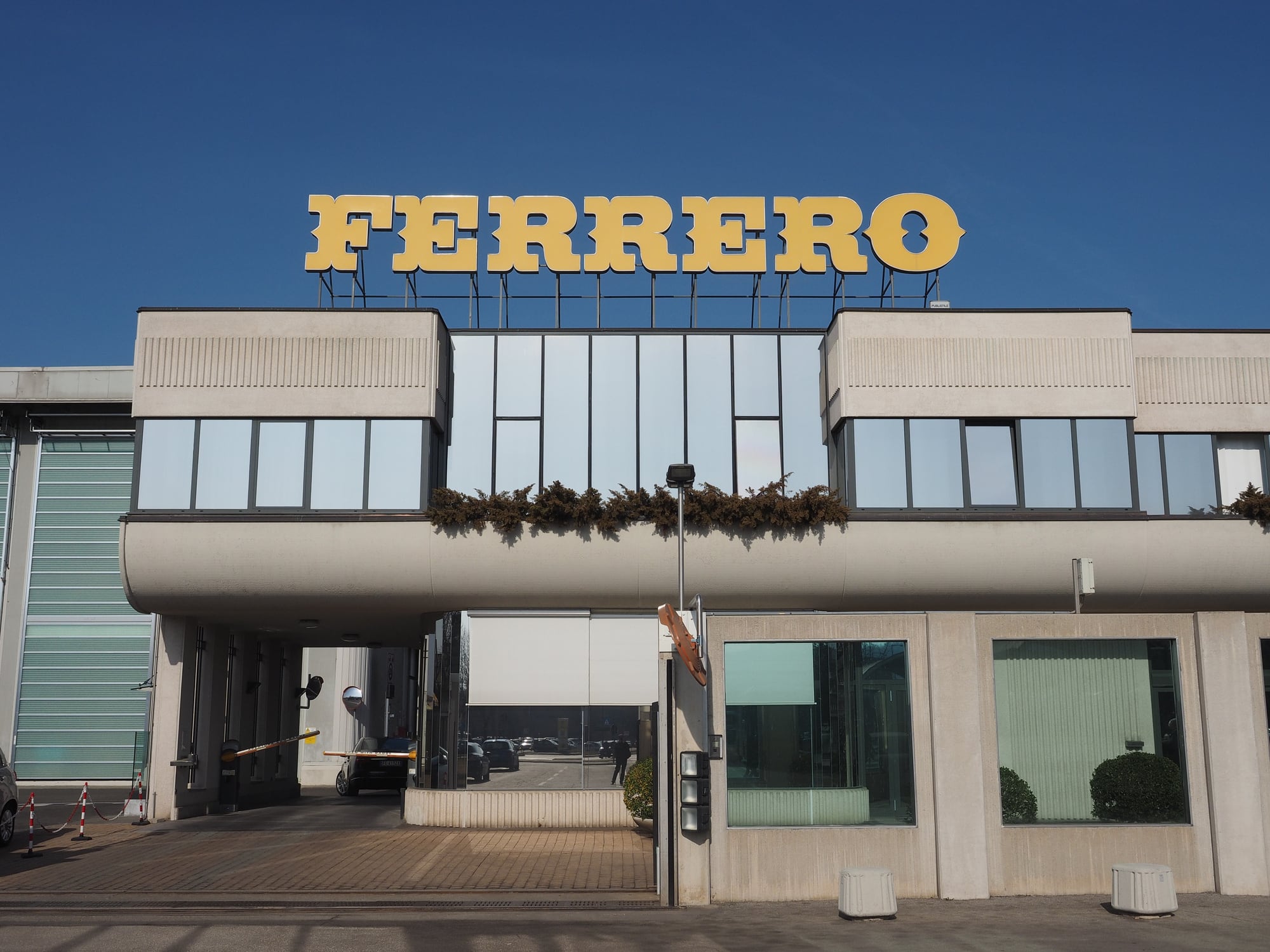Key takeaways:
- Ferrero’s acquisition of WK Kellogg marks a bold expansion beyond confectionery into the highly competitive breakfast category.
- The move gives Ferrero instant scale in North America and a chance to reinvent cereal for modern, on-the-go consumers.
- Its success or failure could redefine how legacy food brands find growth in a market obsessed with cutting back.
Ferrero isn’t usually the name people drop when they talk about breakfast. Chocolate, yes. Kinder, of course. But cereal? Not until now.
With its takeover of WK Kellogg finally complete, the Italian confectionery group has done something few expected – turned the quiet end of the grocery store into the most talked-about corner of the food industry.
Investors were quick to pick a side. WK Kellogg’s stock soared almost 30% on the day Ferrero made its move (July 10), before levelling off just below the $23-a-share offer. That was a clear signal that markets think this marriage makes sense. For a category many had written off as tired, that was quite a plot twist.
Giovanni Ferrero called it “more than just an acquisition”, describing it as a partnership of two companies “with proud legacies and deep commitments to quality”. WK Kellogg’s Gary Pilnick was just as upbeat, saying the deal gives the company “greater resources and flexibility” to grow its famous brands. There was genuine energy behind the words – not the usual takeover script.
The reaction across the industry was immediate. After years of decline and dieting fads, cereal suddenly mattered again.
Breakfast just got interesting

Ferrero has spent the past decade building out of confectionery – biscuits, spreads, frozen treats, you name it. Now breakfast joins the family. The company can tell retailers a story that runs right through the day: Corn Flakes in the morning, a Nutella snack mid-afternoon, Ferrero Rocher after dinner.
WK Kellogg gives it something more tangible, too – serious North American muscle. Plants in Michigan and Pennsylvania pumping out millions of boxes every week. That scale changes Ferrero’s bargaining power overnight and diversifies its supply base beyond cocoa and hazelnuts.
And then there’s the cultural fit. Breakfast isn’t a sit-down affair anymore. It’s a bar, a bite, a handful on the go. Cereal has become portable, playful and ripe for reinvention. That’s Ferrero’s comfort zone. If any company can make a bowl of flakes feel fresh again, it’s one that sells indulgence for a living.
Of course, the move’s not without risk. The cereal business is brutal – high volume, thin margins, unforgiving logistics. But being privately held means Ferrero can take its time. No quarterly panic. Just a long game and the money to play it.
Shockwaves on the shelf

The takeover has rattled rival boardrooms. General Mills, Post Holdings and the rest suddenly look over their shoulders. A competitor with Ferrero’s deep pockets and marketing flair is hard to ignore.
Retailers are already asking what’s next. With Ferrero now straddling breakfast, spreads and confectionery, it can negotiate bigger promotions and push for better shelf space. Expect cross-category tie-ins – think cereal beside chocolate spreads instead of health bars.
Suppliers, meanwhile, are reading the fine print. Ferrero runs a famously tight ship. Grain, packaging, transport – everything will be re-examined. That could mean bigger orders for a select few and thinner margins for everyone else.
Culturally, it’s a learning curve. Cereal factories live on speed and scale; Ferrero’s confectionery lines run on patience and precision. Bringing those two mindsets together won’t be smooth. But if anyone can manage the detail, it’s Ferrero. Obsession with process is what built the empire in the first place.
Big Food’s wake-up call

Beyond the cereal aisle, this deal feels like a line in the sand. For years, big manufacturers have been cutting loose anything ‘non-core’, chasing start-ups and health halos. Ferrero went the other way. It doubled down on nostalgia – and it’s paying attention to how people actually eat, not just what they say they want.
It’s a risky strategy, but it’s also refreshing. Sugar taxes, reformulation costs, fickle consumers – none of it stopped Ferrero from writing a multibillion-dollar cheque. That confidence has caught attention in boardrooms everywhere. Some quietly admire it. Others just wish they’d thought of it first.
The advantage of being private helps. Ferrero can make decade-long bets without worrying about quarterly earnings or activist investors. It can focus on building categories instead of just defending margins. That freedom has become one of its biggest assets – and maybe one reason this deal feels so different.
Still, cereal’s not an easy fix. Health scrutiny isn’t going away and younger consumers aren’t loyal to the breakfast routines their parents had. If Ferrero gets the balance right – nostalgia without sugar shock – it could pull off a rare turnaround.
What the trade’s watching
New launches: When Ferrero’s first cereal-snack mash-up hits shelves.
Shelf real estate: Whether grocers expand space for WK Kellogg brands.
Procurement shake-up: How Ferrero merges grain and confectionery sourcing.
Category lift: If the investment lifts cereal overall or just Ferrero’s share.
Cereal’s second act

Ferrero’s grab for WK Kellogg isn’t just another corporate deal. It’s a test of nerve and maybe a lesson for the rest of the industry.
If it works, Ferrero turns a fading staple into something fresh and profitable. If it doesn’t, at least it tried to do more than trim costs. Either way, it’s made cereal interesting again, which is more than anyone else has managed in a decade.
In a world where most companies are still cutting back, Ferrero’s chosen to build. And that alone is worth paying attention to.





